Have you always admired people who can sketch or doodle anything at any time? Well, it’s always easier to admire from a distance but it’s hard to imagine yourself doing art. Like any other skill, art or drawings takes a lot of patience and practice, but it sure is rewarding. You can’t expect to turn yourself into Picasso overnight. However, one thing that is under your control is to pick up a pencil and start learning because learning has no limitations.
Top 15 Basic Sketching Techniques For Beginners
1. Back to basics (Knowing about your pencil)
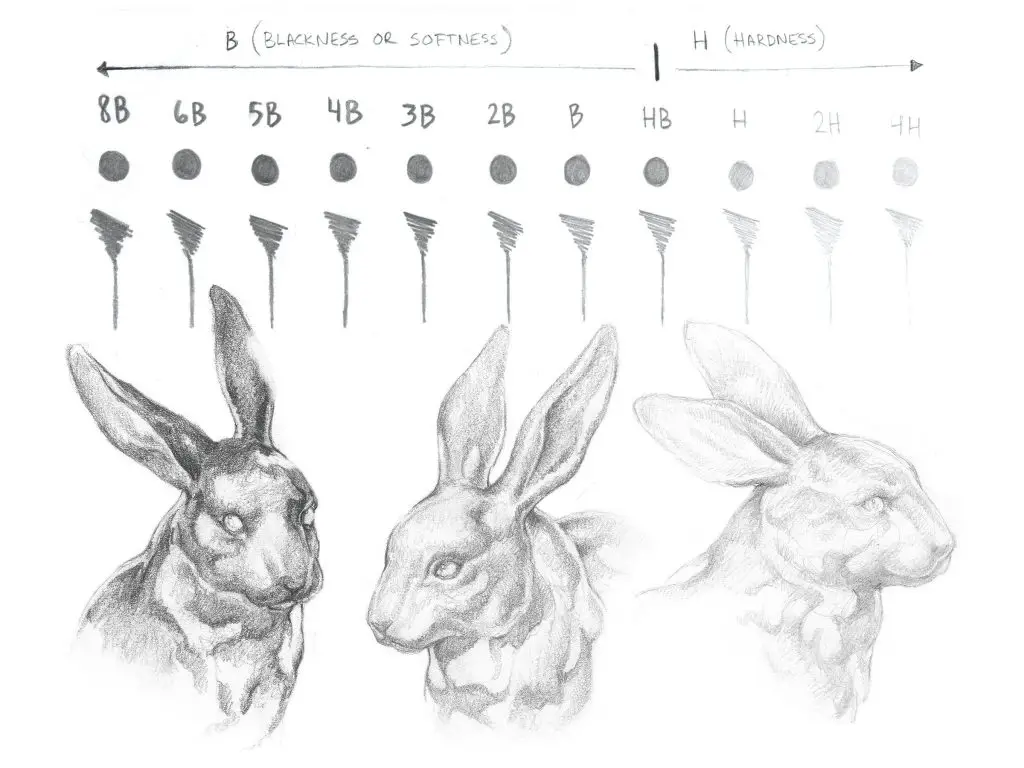
It’s important to be aware of what kind of pencil you should use for a sketch. You can find the hardness of the graphite mentioned at the side of the pencil. ‘H’ indicates hard whereas ‘B’ indicates soft. It’s preferable to start with an H scale and then finish with a darker B scale.
2. Learn to control your pencil
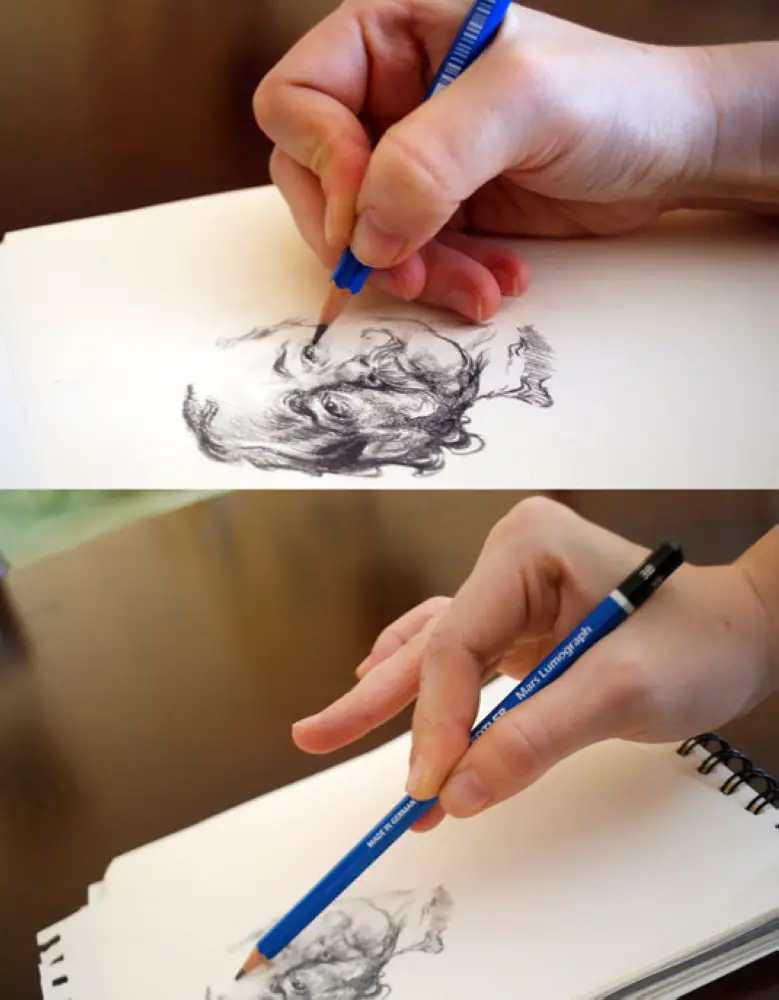
To learn how to control your pencil, firstly it’s important to learn how to hold it the right way. If your hands are closer to the end of the pencil then you can practice more control over it and this method is especially used for heavier strokes. However, if your grip is further up the pencil then you will lose control over it but this method can be used for lighter strokes.
3. Sketching techniques

There are various sketching techniques that can give you great results. When it comes to sketching, some common techniques that can be tried out are hatching, cross-hatching, stippling, scribbling, small circles, and finger-blend.
4. Bring variation

The most basic component of sketching, to which you can bring some variation is lines. Try to make subtle changes in the width and darkness of your lines to make them look more visually pleasing. You can even try to draw different kinds of hairstyles to learn about line variation.
5. Avoid smudging
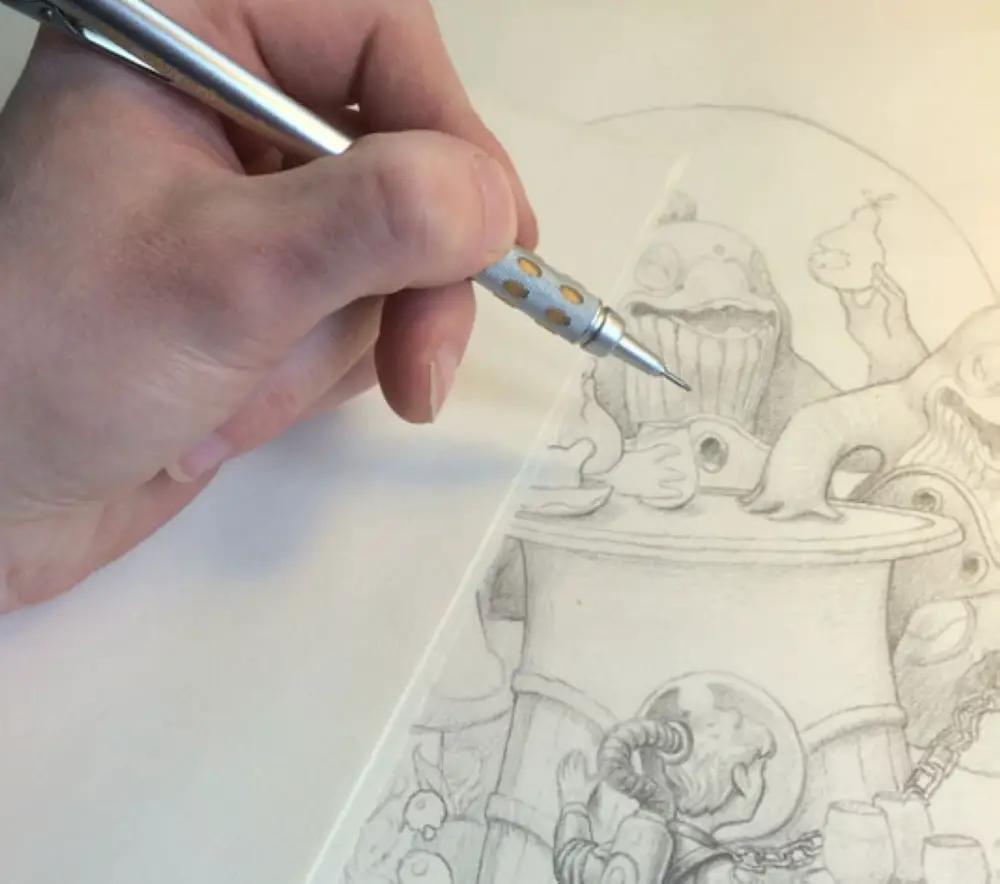
It’s extremely difficult to have a clean looking sketch without smudges on it. To avoid smudging, always use an extra piece of paper or tissue underneath your hand. Moreover, for the people who are right-handed, it’s better to sketch from left to right whereas people who are left-handed should sketch from right to left to avoid the smudging problem.
6. Know your edges

There are basically 4 types of edges that are utilized in sketching for giving a definition to an object that you are drawing. Thin and hard edges give solid borders to objects. Lost edges are used when the object and the background value blend together. Lastly, undefined edges are used for the viewers to decipher the object themselves.
7. Opt for a blending stick
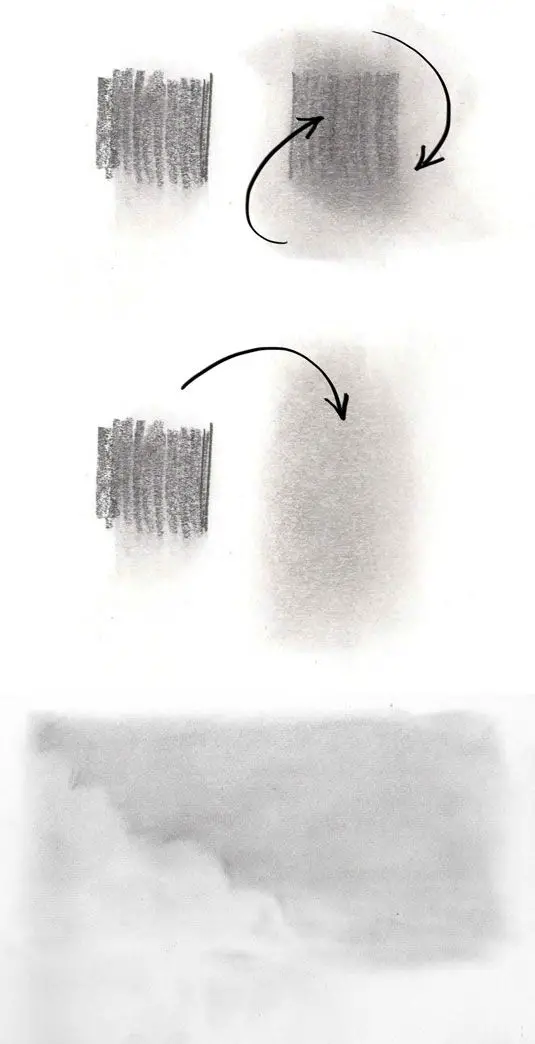
You will often face the problem of creating a more smooth and subtle sketch, which is highly difficult to do with the help of a pencil. Hence, using a large blending stick that can pick up the soft dust to use for your image is preferable.
Read also – Top 15 Benefits Of Golden Milk That You Never Knew
8. The 70/30 Rule

The underlying message of this rule is that less can be more. The idea behind this rule is that 30% of your sketch is filled with the main focus and detail whereas 70% of it is dedicated to fillers. The less interesting area would definitely attract attention to the main subject of the sketch.
9. Textures

Sketching is all about understanding and differentiating between little details. Hence, it’s also important to differentiate between textures so you can get an idea of which texture should be smooth, reflecting, and of higher-contrast or which should be an absorbing rough texture with low contrast.
10. Include the element of contrast

An artwork is a collaboration of various elements, and contrast is one of the most important ones. The viewer’s eye can easily be caught if a few areas of your sketch are juxtaposed. Hence, you can create contrast not just in value but also in hue, texture, saturation, edges, proportions, and much more.
11. Practice sketching light and shadow
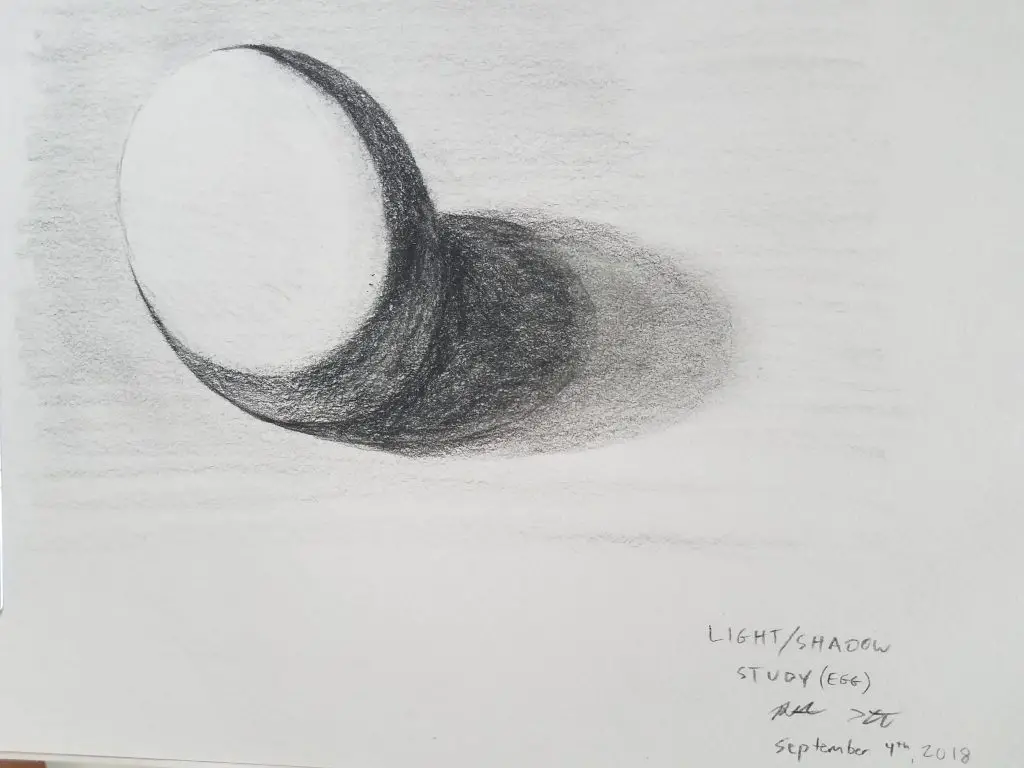
When you’re sketching, you have to practice showing distance and perception in your own way by making shapes to highlight how light and shadow change depending upon how you want to position your object in the sketch.
12. Utilize abstract backgrounds

Sylwia Bomba, an illustrator mentions that using irregular lines when shading, can add a lot of dynamism to your sketch. Bomba herself uses the technique of abstract backgrounds for creating a fresh piece of concept art to add interest to it and advises the budding artist to do the same.
13. Embrace the details

Artists put a lot of time and effort into their sketch and hence the details of their artwork serve as a treat for viewers. Tim Von Reuden states that a great art should be nurtured, not manufactured and therefore details shouldn’t be overlooked.
14. Don’t be afraid of imperfections

It’s always better to include imperfections than to rule them out completely. For being a great artist, you should consistently work on making an object distinctive as that will add a bit of character and a story to your whole sketch.
15. Follow your instincts
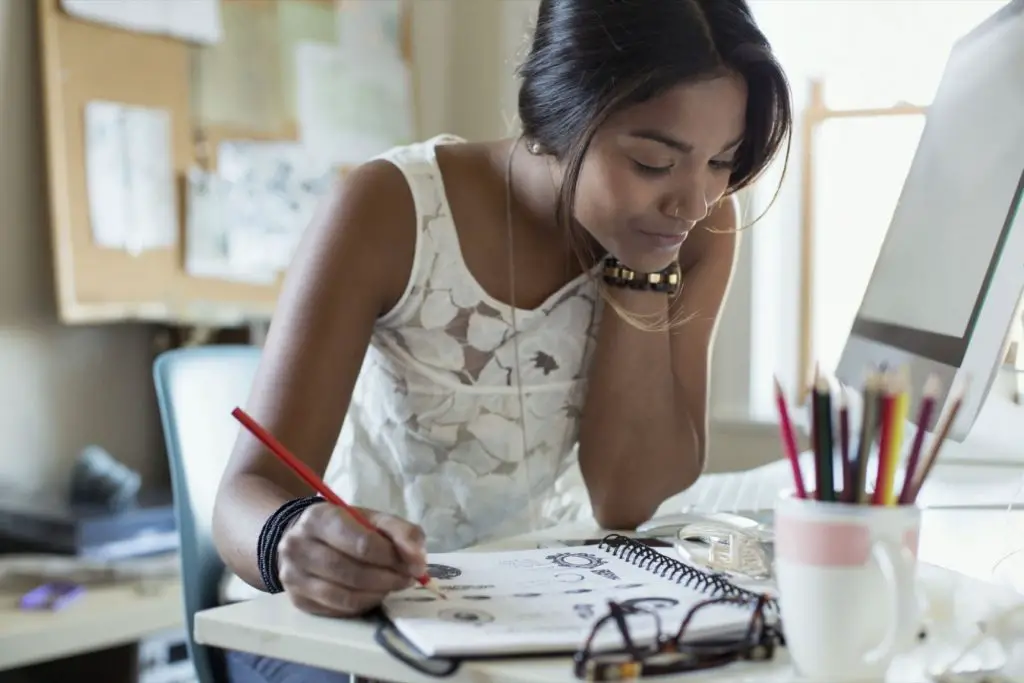
It’s not always an easy task to sketch something that your audience will admire in one go. Hence, when you’re working, it’s important to be courageous enough to trust your gut feeling, so you can be as expressive as you want to with your artwork.
Art is not only a skill to learn so you can please others but art teaches you patience and to love yourself the way you are. To express who you are, what you want, and what you stand for through art. It is a bold step that everyone should take once in their lives.
Read also – Top 15 Outsiders Who Ruled Over The Bollywood